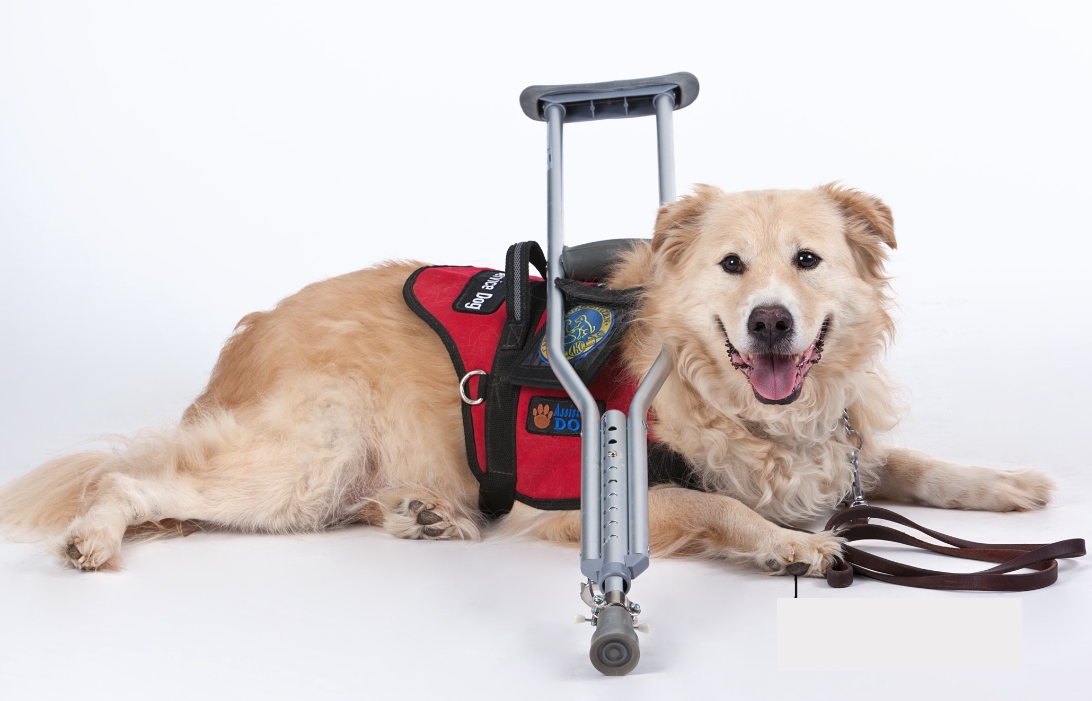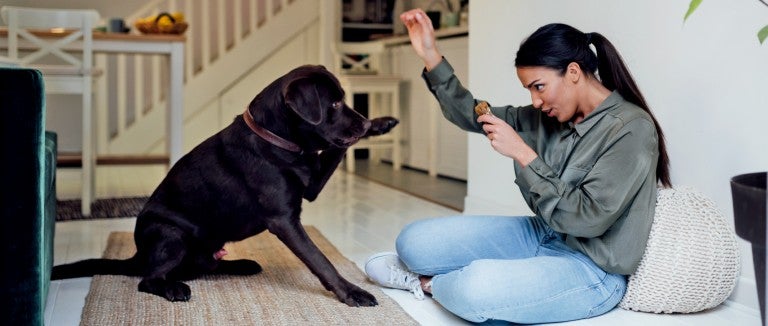Beginner's Guide to Effective Canine Training in the house
Efficiently educating a pet dog in the house requires a nuanced understanding of canine behavior and efficient communication approaches. Establishing clear training objectives, using premium incentives, and preserving consistency across relative are critical components. Incorporating training right into day-to-day regimens can boost both engagement and retention. However, numerous newbie instructors come across challenges that may hinder progress. To browse these intricacies effectively, it's vital to check out several key elements that can transform your technique and bring about an unified relationship with your animal. What basic principles should every newbie understanding to make certain success?
Recognizing Pet Habits
Comprehending canine habits is essential for reliable training and promoting an unified connection between human beings and their canine buddies - Puppy Training. Canines communicate mostly with body language, articulations, and face expressions, making it essential for proprietors to analyze these signals accurately. Identifying actions such as tail wagging, grumbling, or cowering can give understandings right into a canine's emotion and intentions
Moreover, understanding the natural reactions of dogs, such as their pack mindset, assists owners establish leadership duties within the family. This is important for producing an organized environment where pet dogs feel safe and are extra responsive to training. Pets are additionally influenced by their socialization experiences; very early direct exposure to various settings, people, and other animals can significantly shape their behavior later on in life.
Usual behavior issues, such as aggressiveness, stress and anxiety, or too much barking, frequently originate from misunderstandings or unmet requirements. Observing and resolving these issues promptly can stop escalation and make certain a positive training experience. By fostering a deep understanding of canine behavior, proprietors can tailor their training approaches to fit their canine friends, inevitably resulting in a well-behaved and happy family pet.

Essential Training Tools
A well-appointed training room can dramatically enhance the performance of dog training at home. Important training devices make certain that both the fitness instructor and the dog can involve in effective sessions that cultivate discovering and bonding.

Spending in a tough leash and a comfortable, well-fitting collar or harness is essential for security and control. These tools help develop boundaries and ensure the dog stays safe and secure during training. In addition, a designated training area, without interruptions, aids concentration for both the canine and the trainer.
Training help such as training pads, cones, or agility tools can likewise improve the experience by introducing selection and obstacles. Having a note pad or digital application for tracking development can be vital, enabling you to note successes and areas for improvement. Making use of these crucial devices will develop a positive training environment and lay the structure for effective understanding.
Producing a Training Regimen
Establishing a regular training routine is essential for efficient find more information canine training in the house. A well-structured regular not only assists in strengthening preferred actions but also provides your pet with a sense of safety and predictability. To develop an efficient training regular, start by identifying details training goals, such as standard commands, leash strolling, or house-breaking.
Choose a marked time daily for training sessions, ideally when your dog is sharp and receptive. Sessions must be short, around 5 to 15 mins, to keep emphasis and protect against tiredness. Uniformity in timing and environment will boost your pet dog's understanding experience.
Incorporate training into day-to-day activities to enhance skills. For instance, technique commands during walks or nourishment, which integrates learning right into all-natural regimens. Additionally, remain flexible and adjust the regular as needed, fitting your pet dog's energy degrees and state of mind.
Favorable Support Strategies

When applying positive reinforcement, it is crucial to select rewards that are encouraging for your canine. High-value deals with, such as tiny items of hen or cheese, can be especially reliable during training sessions. Additionally, varying the incentives can maintain your pet's interest and excitement.
Start with easy commands, like "rest" or "stay," and gradually development to extra complex jobs. Consistency is crucial; make sure that all household members make use of the same commands and benefit systems to stay clear of confusion.
In addition, it is important to stay person and stay clear of frustration. Dogs, like human beings, discover at their own speed. By promoting an encouraging training setting with favorable support, you can enhance your canine's learning experience while reinforcing the bond in between you and your fuzzy buddy, laying the groundwork for successful training outcomes.
Typical Training Difficulties
While training a canine in site here your home can be a satisfying experience, it usually comes with a set of usual obstacles that can test both patience and uniformity. One widespread issue is disturbance. Dogs may become conveniently averted by sounds, activities, or also fragrances in their setting, making it tough to preserve their focus throughout training sessions.
An additional obstacle is variance in commands and support. It can puzzle the pet dog and impede progress if household participants utilize different signs or benefits. Establishing a unified approach is essential for reliable communication.
Furthermore, canines can experience stress or stress and anxiety, particularly if they do not understand what is anticipated of them. This can cause undesirable actions, such as barking or chewing.
Ultimately, the timing of reinforcement is critical. Postponed incentives can decrease the performance of positive reinforcement, as pet dogs may stop working to attach the behavior with the incentive.
Getting rid of these challenges requires dedication, clear communication, and a structured training strategy - Puppy Training. Recognizing and dealing with these typical barriers will lead the method for an extra pleasurable and successful training experience at home
Final Thought
Finally, successful canine training in your home demands a thorough understanding of canine behavior and efficient communication approaches. By developing clear training goals and making use of top quality treats together with positive reinforcement, the training process becomes much more fulfilling for both the trainer and the pet. Persistence, adaptability, and uniformity are crucial elements that assist in understanding. Eventually, integrating training into day-to-day regimens improves the bond between pet and owner, making the experience both pleasurable and productive.
Developing a regular training routine is essential for effective canine training at home.Positive support methods are basic to reliable dog training, advertising desired habits via rewards instead than penalty. By fostering an encouraging training atmosphere through favorable support, you can enhance your pet dog's knowing experience while reinforcing the bond in between you and your fuzzy friend, laying the groundwork for effective training outcomes.
In final thought, effective canine training at home demands an extensive understanding of canine actions and effective interaction strategies. By developing clear training objectives and using top quality deals with alongside favorable support, the training procedure becomes a lot more gratifying for both the trainer and the canine.
 Romeo Miller Then & Now!
Romeo Miller Then & Now! Marla Sokoloff Then & Now!
Marla Sokoloff Then & Now! Lynda Carter Then & Now!
Lynda Carter Then & Now! Kane Then & Now!
Kane Then & Now! Jaclyn Smith Then & Now!
Jaclyn Smith Then & Now!